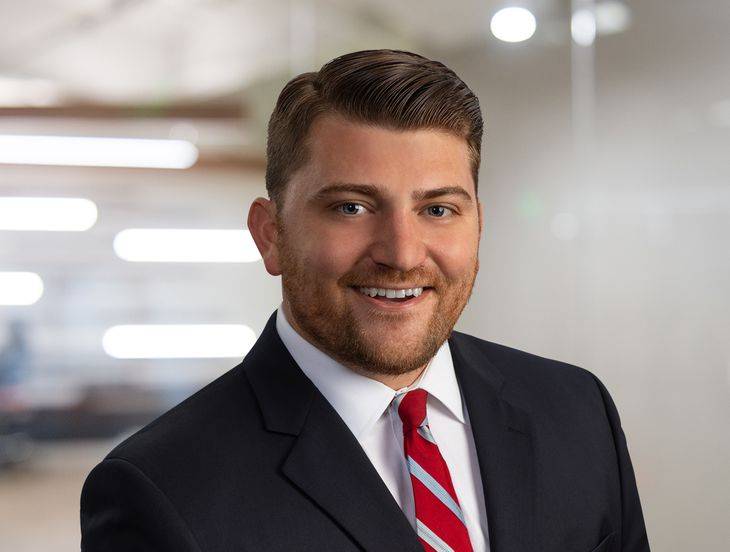Scabby The Inflatable Protest Rat Dodges Extermination
Insights
2.12.21
Labor officials with the newly installed Biden administration have begun their work dismantling many of the initiatives taken during the Trump era – and one of the beneficiaries of a new lenient approach to workplace protests seems to be a 12-foot tall inflatable rat. Through a series of actions taken in early February, the Biden team has seemingly breathed new life into Scabby the Rat, a common sight at many union protests across the country, and taken the next step in rewriting the labor-management relations playbook. What do employers need to know about this development?
The Life And Times Of Scabby The Rat
For over three decades, Scabby the Rat – a giant inflatable balloon with sharp claws and a menacing demeanor – has been both a fixture at union demonstrations staged by organized labor and a thorn in the side of targeted employers. The National Labor Relations Board (NLRB) had traditionally upheld this confrontational tactic as a permissible form of union protest. That stance shifted under the Trump administration, as the NLRB considered cracking down on the use of the giant rat in 2019. Prior to his recent ouster, former NLRB General Counsel Peter Robb suggested that utilizing the rats to scare customers away from neutral businesses “secondary” to an underlying labor dispute could violate federal labor law.
But the Biden administration has replaced Robb with Acting General Counsel Peter Ohr, who is rapidly returning the agency to a more tolerant posture when it comes to deployment of Scabby the Rat and other union tactics. Since being installed in this position, Ohr’s office has referred a pair of Robb-era unfair labor practice complaints against Scabby back to their respective Regions for possible dismissal. The move comes just days after Ohr rescinded a number of guidance and operational memoranda issued under Robb’s tenure as General Counsel.
Recent Use Of Scabby Takes Center Stage
Robb previously prosecuted unions for unleashing the rodent at demonstrations against neutral employers on the basis that they were engaged in unlawful secondary picketing rather than protected speech. The complaints asserted that the inflatable rat was actually being used to menace, intimidate, and coerce employers in furtherance of an unlawful purpose.
One of the complaints was directed at a union that posted Scabby outside an Indiana RV show in 2018. The demonstration, led by International Union of Operating Engineers Local 150, was directed at a supply company over alleged safety violations involving one of its contractors. An administrative law judge had previously upheld the conduct on the basis that it “in no way caused a confrontation” that could have wrongfully intimidated customers.
The second case involved picket activity directed at a Philadelphia hotel that same year. The union, International Brotherhood of Electrical Workers Local 98, was accused of displaying two inflatable rats in the course of its picket activity, but denied resorting to coercive tactics.
In the recent NLRB actions, Ohr contends that pursuing these complaints is not “in the public interest” and otherwise represents a waste of valuable NLRB resources. However, the final call on whether to litigate them will be left with the NLRB itself, which is expected to remain controlled by a majority of Republican Trump appointees through at least August of this year. Because the litigation has already been initiated, Ohr lacks authority to withdraw the cases on his own.
What’s Next – And What Should Employers Know?
Robb’s efforts to curtail Scabby stood in stark contrast to the views of the Obama-era Board and to several decisions issued by appellate courts which deemed use of these inflatable rats at labor protests to be constitutionally protected free speech. Although the fate of the two complaints at issue has yet to be decided, it seems clear that the “top sheriff” at the NLRB is intent on ensuring that Scabby the Rat remains a fixture at labor disputes for years to come – and the NLRB may soon be in a position to further that agenda. Even if the current NLRB takes further steps to attempt to crack down on Scabby’s appearance at union protests, it now seems like just a matter of time before the Board will free him to show up at labor disputes without much restriction.
In the meantime, you can expect an uptick in use of the inflatable rats (and in picket activity generally) in an effort to further union organizing objectives and stem the tide of membership decline. Should you encounter such tactics, we would encourage you to work closely with your Fisher Phillips counsel (or any member of our Labor Relations Practice Group) to formulate a lawful and effective strategy to protect against any corresponding business disruption. Fisher Phillips will continue to monitor any further developments in this area as they occur, so you should ensure you are subscribed to Fisher Phillips’ alert system to gather the most up-to-date information.
This Legal Alert provides an overview of a specific development. It is not intended to be, and should not be construed as, legal advice for any particular fact situation.
Related People
-
- Brett P. Owens
- Partner
